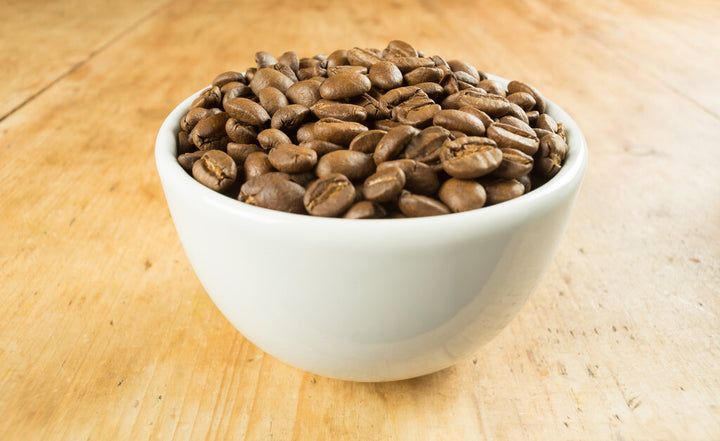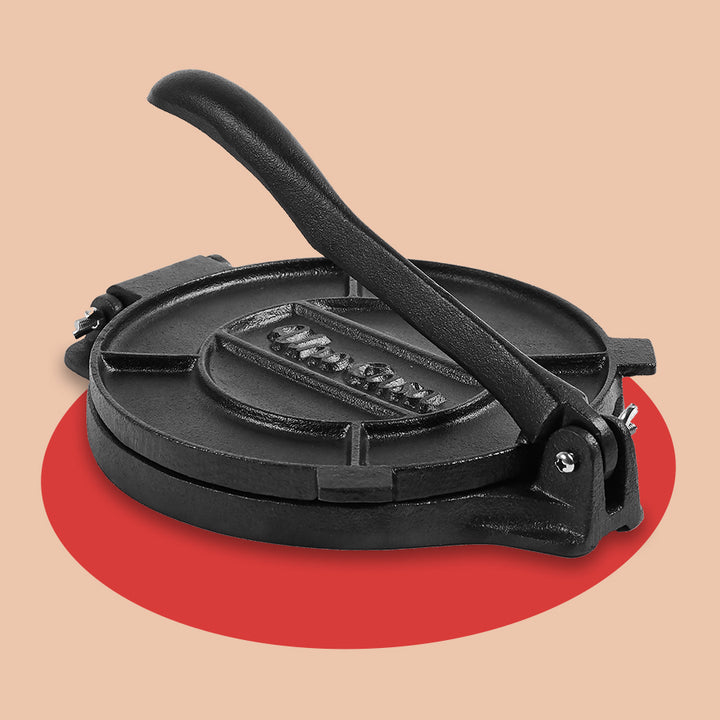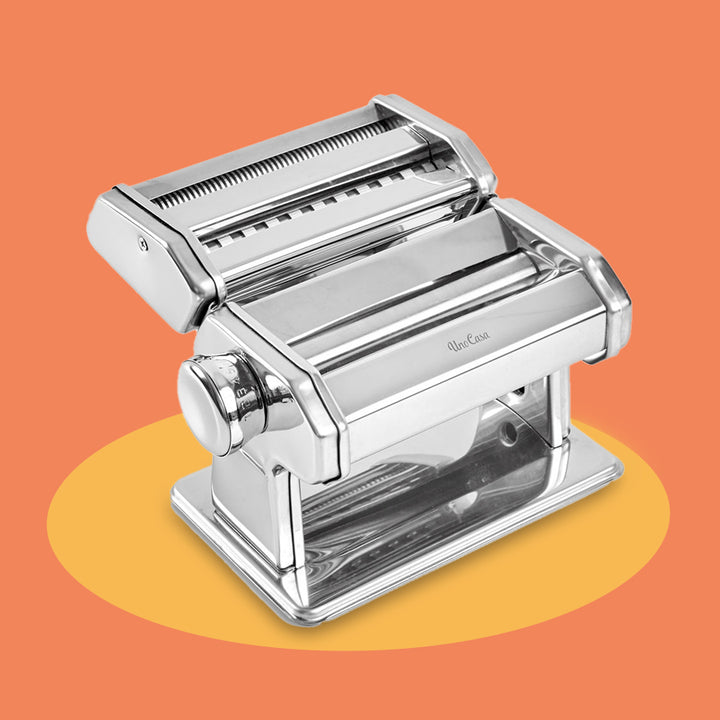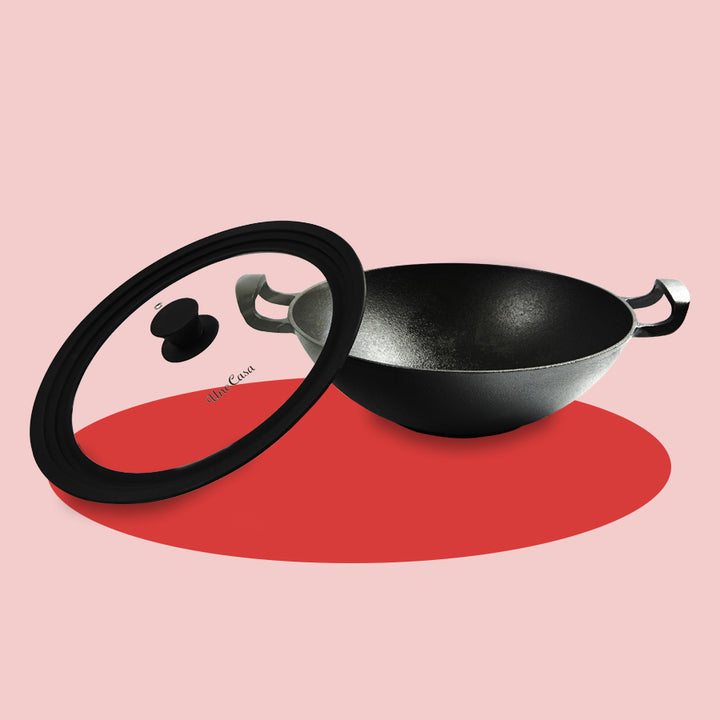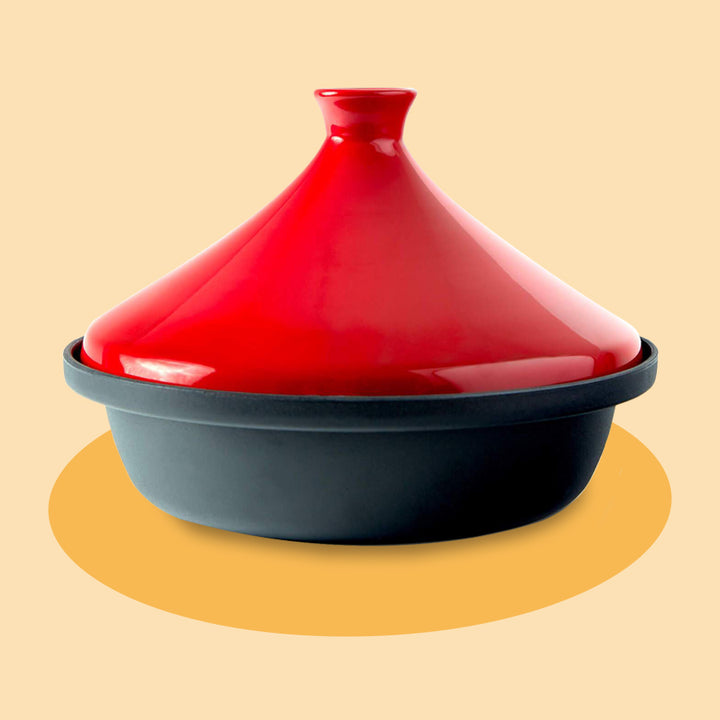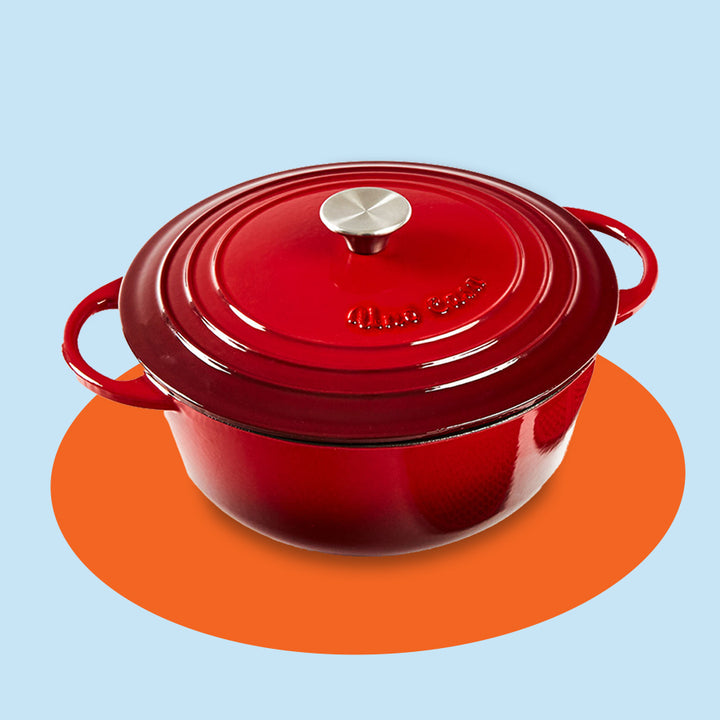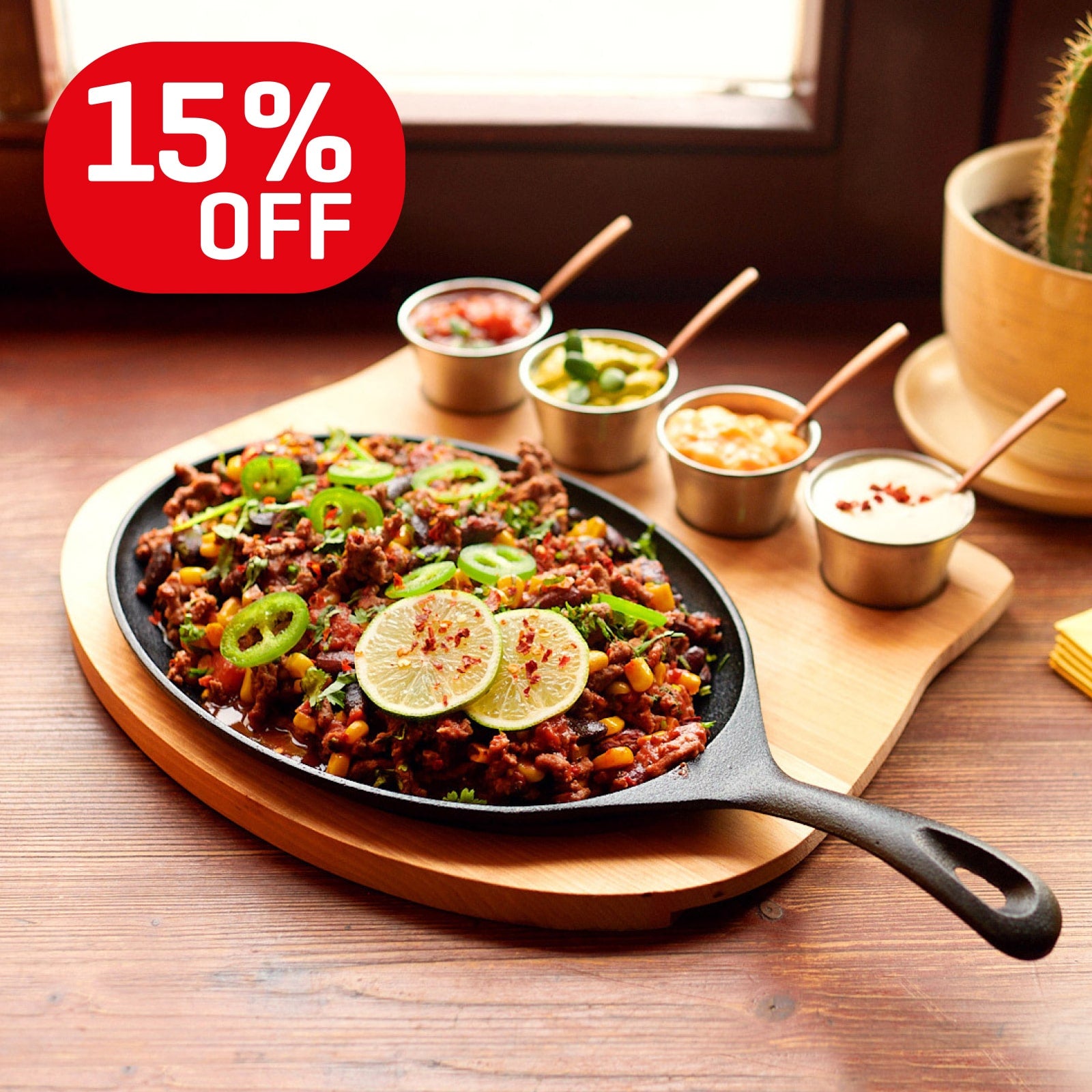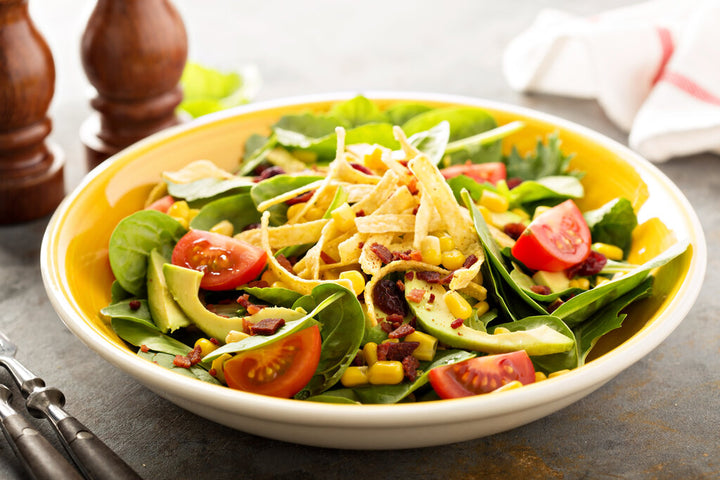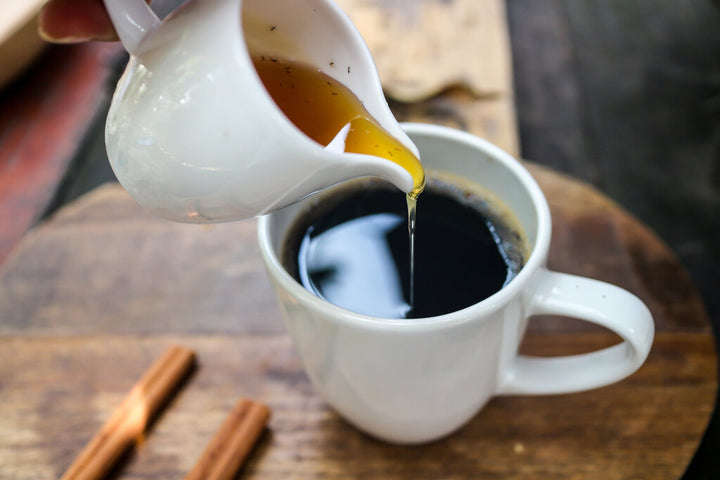The Tortilla Origin Story: Going Back in Time

No Mexican or Tex-Mex dish is ever complete without tortillas. These thin, unleavened flatbreads are a classic of Mexican cuisine, but have you ever wondered when the tortilla origin story actually begins?
It turns out that tortillas are really old. From a time long before the USA existed, long before the Spanish arrived in Mexico, and long before the Aztecs and Mayans began building pyramids, America's inhabitants have been pressing tortillas. At least now, things are a little easier with a tortilla press, but the basic principles behind the tortilla as we know it today have changed very little in thousands of years!
The story of tortillas is a fascinating one, so in today's article, we decided to investigate the ancient origins of the tortilla!
What are tortillas?
Before we go too far back in time, let's start with the basics. And let's begin in the present, too. What exactly counts as a tortilla? Tortillas are one of those staples - just like bread or pasta - that although you might eat all the time, you most likely have no idea how they're made!
Indeed, there's often a debate between 'tortilla vs. bread,' but it's interesting to know that tortillas are, in fact, a type of bread. Specifically, tortillas are unleavened flatbreads.
Do tortillas have yeast?
Tortillas are 'unleavened' because yeast, the rising agent in bread, is not used in their production. Traditional bread rises because of the leavening from yeast - tortillas are not.
Now, there are also two major types of tortillas, both of which have different backstories and history. You have corn tortillas, which are made from ground, nixtamalized corn, and you have flour tortillas, made from ground wheat flour. In the US, it's flour tortillas that are more popular and widespread (Americans are more accustomed to the taste of wheat flour, as this is the main component of bread.)
Funny enough, though, it's hard to find 'authentic' flour tortilla recipes south of the border because an authentic tortilla, meaning made with corn (not flour,) is the way it has been for thousands of years!
A history of tortillas
Our story takes us back millennia, to when maize first began to be cultivated and cared for by the inhabitants of the Americas. It's thought that maize was first grown as far back as 9000 BC, and after that, the crop began to spread across the continent, becoming a staple of indigenous diets.
Maize was not only an integral part of the Mesoamerican diet, but Mayan culture even worshipped a Corn God and believed that humans were originally shaped from corn. For the Mayans, corn was life, and it was the Mayans to have first started turning corn into tortillas.
Nixtamalization and corn tortillas
Tortilla production as we know it began no earlier than 2000 BC (although back then, the word 'tortilla' didn't exist.) This was when the Mayans started using the nixtamalization process in their food preparation.
Nixtamalization is the process by which corn is mixed with limewater. The resulting reaction not only makes corn easier to grind (and hence, easier to turn into tortillas) and releases many essential vitamins from the corn. Nixtamalization allowed corn tortillas to become a staple of the Mesoamerican diet, and even today, thousands of years later, the same process is used!
Without nixtamalization, corn tortillas wouldn't hold their shape and wouldn't be nutritious. It was a complete gamechanger, and after this, successive Mayan and then Aztec civilizations began to flourish off the back of a better diet. All thanks to corn tortillas!
What about flour tortillas?
The exact origins of the corn tortilla are a little obscure, however, and the history is based on archaeological finds and local legends stretching back thousands of years. What we do know more about, though, are the origins of the flour tortilla.
Wheat flour didn't arrive in the Americas until the 1500s when the Spanish began to colonize the New World. The conquistadors weren't taken by corn tortillas, however, being used to eating leavened wheatflour bread back in Europe.
They also weren't much interested in the thousands of years worth of history that preceded the corn tortilla. They named it 'tortilla' due to its similarity to the flat Spanish tortillas of the day, which were sort of like a flat cake (which confusingly, then evolved into the potato-based Spanish omelet we know today!)
Rather than looking into things and giving corn tortillas a try, the Spanish soon started growing wheat and making their own bread. Wheat then spread north from central Mexico, where the Spanish first cultivated it. In the north of Mexico (and areas that are now part of the USA, like Texas and California,) wheat really took off in the colder climate, and locals and settlers alike began to produce the first flour tortillas - a sort of early fusion food.
Flour tortillas are still a staple of Northern Mexico, where the burrito was also first invented. Tex-Mex developed here and made use of flour tortillas rather than corn tortillas. Flour tortillas then became the staple for Tex-Mex cuisine and the most popular type of tortilla in the USA. Corn tortillas took a different path further south and became the essential ingredient that holds tacos together!
The tortilla origin story doesn't end there, though...
The tortilla origin story is continuously evolving as new evidence comes to light! It's an exciting piece of history and a piece of history that is still with us today. Indeed, it's a piece of history you can make in your kitchen at home, too!
And just as new facts are discovered about tortillas, so, too, is the future of the humble tortilla evolving as time goes by. While flour tortillas were always the first choice in the USA, corn tortillas have made their way north as tortilla ingredients, and peoples' tastes change. What we know for a fact is that the tortilla looks set to have a long future ahead of it!
Leave a comment
Comments will be approved before showing up.
Also in Tips
